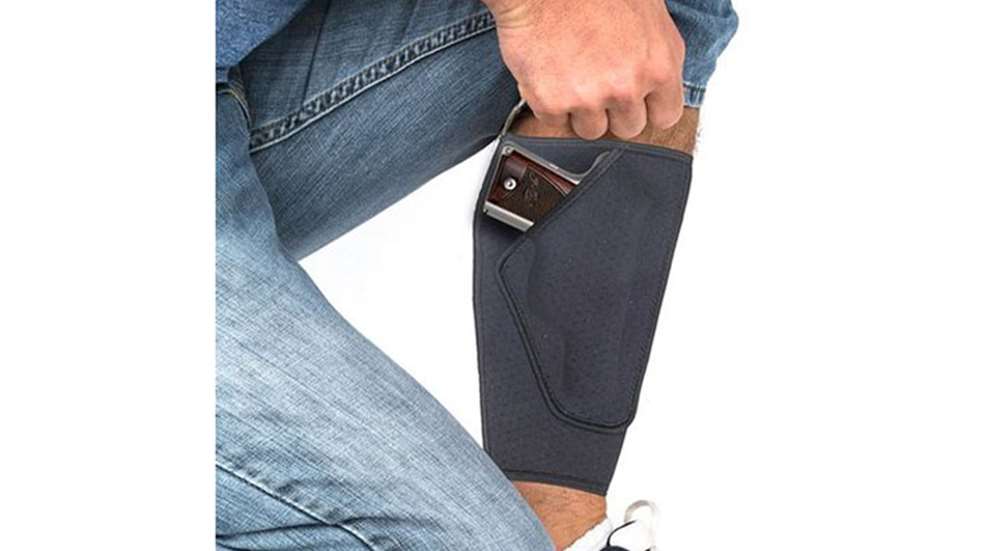
The first ankle holster may have been invented when an ancient warrior hid a dagger in his sandal. As the art of concealed carry evolved, folks from the Old West placed a small gun in their boots “just in case.” By the 1950s, law enforcement officers carried a back-up revolver in an ankle holster that was purpose-built for the job. Today’s armed citizen has many holster choices that allow personal protection without attracting unwanted attention to an open-carry firearm.
To make ankle holsters more comfortable, manufacturers have offered breathable materials, adjustable hook-and-loop fasteners and even sheep’s wool padding. To make them reliable, ankle holster accessories include suspenders hung from a calf or knee strap, or the use of a form-fit mold made for a particular gun. The made-in-America BUGbite has one-upped the competition by combining most of these innovations into the most comfortable design I’ve ever worn.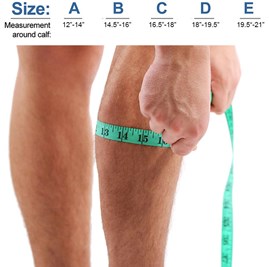
By using neoprene (the same material found in wetsuits) and offering five sizes, the BUGbite holsters fit well enough that pressure isn’t required to keep them in place. A hook-and-loop belt is sewn into the top seam that tightens above the calf, thus eliminating the need for suspenders. An extra mag pouch is also included in the holster design.
But how well do they perform? I’ve worn a BUGbite with my Ruger LC9 and extended magazine when horsing around on the floor with our dogs, and the gun stayed put. A retention strap would be required in more rugged scenarios. I only miss my sheep’s wool/hook-and-loop model holster because of its ability to be shed easily. The reason for the BUGbite’s success is its form-fit design, which requires that you first remove your shoe to slip off the holster. However, the BUGbite is not intended for a heavy K-frame Smith & Wesson, but what ankle holster is? The website does advise that the maximum gun size for this one-size-fits-all holster is 5.5” long by 4” tall. The extended magazine on my LC9 exceeds the height restriction by 1”, requiring that I reposition the gun in a forward cant to avoid “printing” or revealing the gun’s silhouette through my trouser leg.
All-in-all I believe the comfort of the BUGbite will encourage frequent use for all but the most tactical uses for an ankle holster. And for those situations, concealment isn’t likely the priority anyway. See more or order yours from BUGbiteholsters.com.












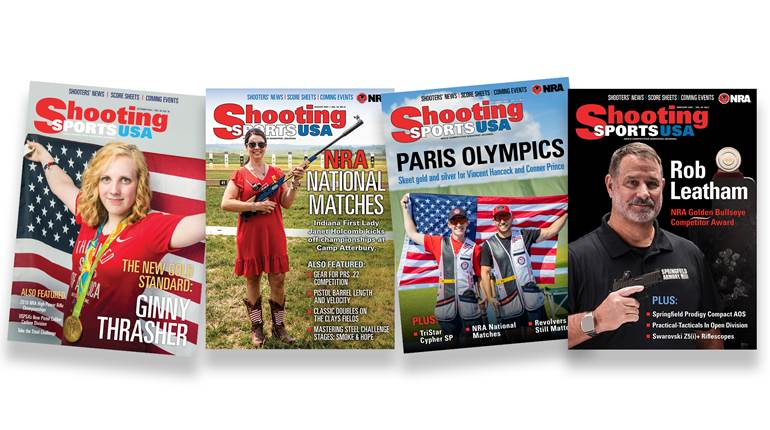
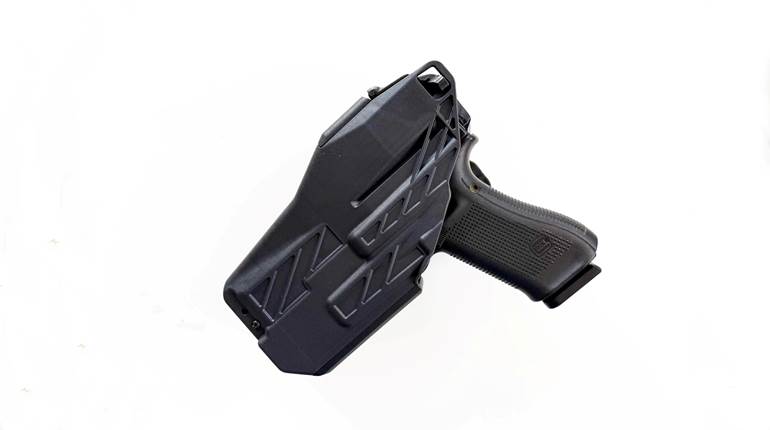
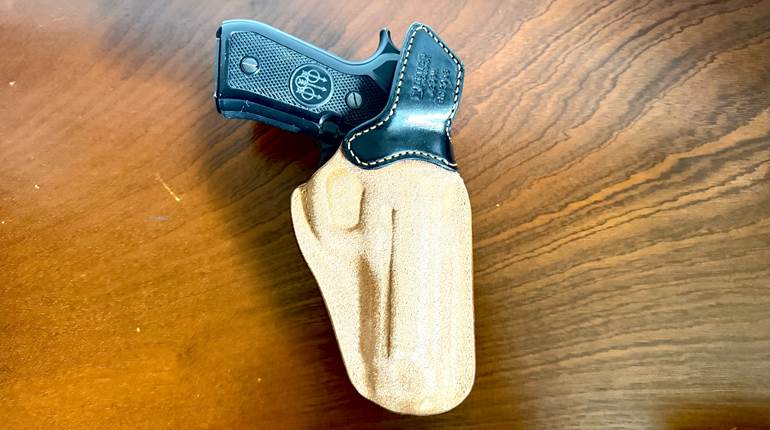
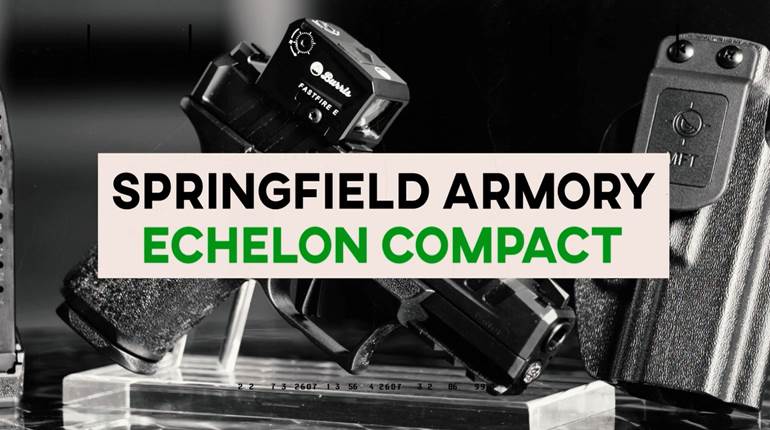







![Winchester Comm[94]](/media/1mleusmd/winchester-comm-94.jpg?anchor=center&mode=crop&width=770&height=430&rnd=134090756537800000&quality=60)
![Winchester Comm[94]](/media/1mleusmd/winchester-comm-94.jpg?anchor=center&mode=crop&width=150&height=150&rnd=134090756537800000&quality=60)












